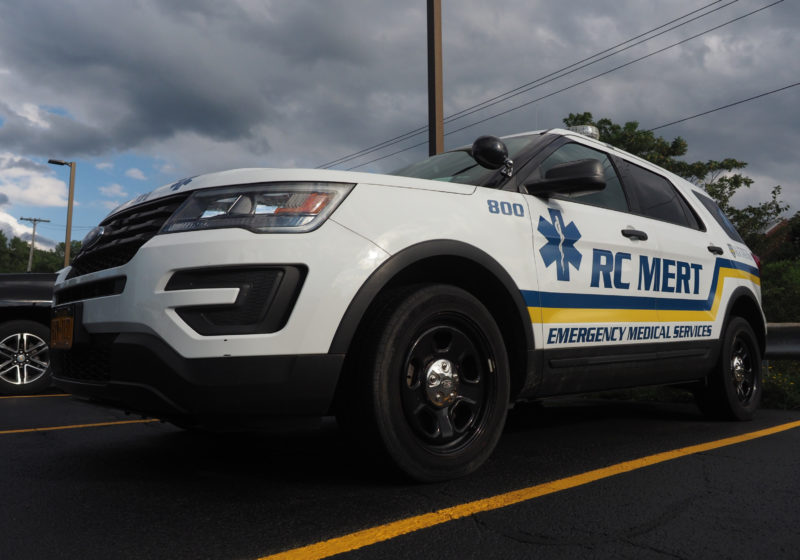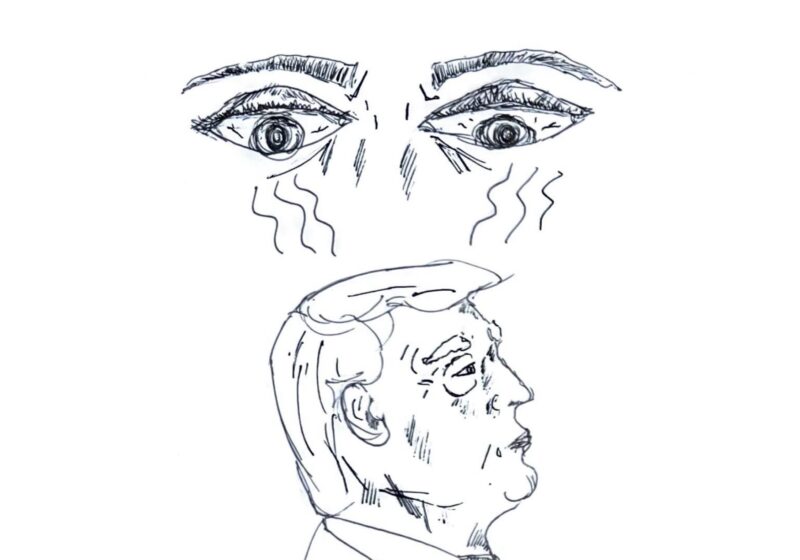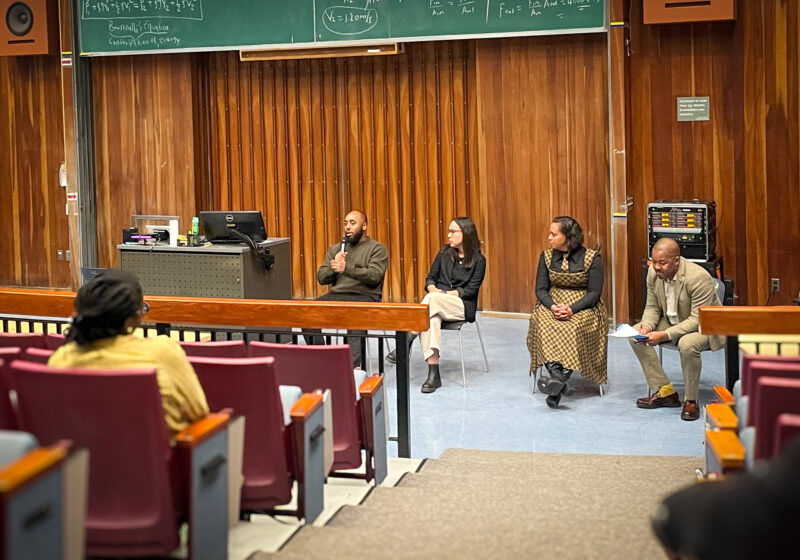MERT, UR’s student-run Medical Emergency Response Team, usually trains members and works on-call shifts to provide on-campus emergency care for students. Unfortunately, they’re going to have to wait to get back to that.
On Aug. 25, it was announced that MERT would be going on pause. Meaning that, for the unforeseen future, MERT will not be responding to emergency calls. Behind the scenes, SA, Dean Matthew Burns, MERT, and URMC are working on a way to bring back MERT that will ensure the safety of all students. They hope to return MERT to what it originally was, if not improved.
MERT is a student organization under the Student Association that was established in 1972. MERT provides free, confidential medical care by trained volunteers. All members receive New York State EMT certification. “They’ve done such a good job that they’ve now come to a point where they’ve outgrown themselves as a student organization under SA,” Burns said.
Since MERT is such an essential part of River Campus and its safety, many students were both concerned and confused as to why they went on an indefinite pause. Senior and MERT’s Director of Operations Joe Ricottone has been a committed member of MERT since fall 2018. “It’s sad to see us on pause after all that effort, despite repeated assurance that this pause is based on long-standing structural issues and not on any possible mistakes from our membership,” Ricottone said.
Over the summer, questions arose over the safety of MERT. Being a student-run organization, Burns and SA, UHS, and URMC Medical Director Dr. Erik Rueckmann were concerned about how MERT could continue to run the way it did without putting the students and faculty in jeopardy.
“Are the MERT members appropriately protected?” asked Burns. “Student clubs and organizations are covered by a general insurance policy, but the Med Center, for instance, is covered by a medical insurance policy.” Throughout the years, more policies and regulations for MERT have been put in place that go beyond a normal student organization. Before allowing MERT to go back to serving the UR community, Burns wants to ensure that the organization has proper advising.
Both students and MERT members are disappointed to see the association be put on pause. “To hear narratives of students who had negative experiences during a health emergency this semester hits hard,” Rigattone stated.“It’s frustrating knowing that this restructuring process is the only thing getting in the way of MERT members who are excited to address these sorts of issues.”
Although MERT members aren’t able to respond to calls, they have still been working as a student organization. New members take part in the EMT class and service training to gain their certification. In addition, the group is still holding biweekly general member meetings as usual. Since students haven’t been able to get on-the-job EMT experience, many have turned to other off-campus jobs and volunteer organizations to gain experience. Despite the circumstances, MERT is doing everything possible to stay engaged with their members and the greater campus community.
All parties involved are working to do whatever they can to make sure that MERT can return. Ricottone said, “The increased risk to students and complications for our organization that are present for every extra day that we are not in operation has been made clear and is not ignored in this process.” Burns understands students and MERT members want the organization to return as soon as possible, but it has been difficult to come up with a solution that’s safe and beneficial to everyone. Burns said coming up with a plan would’ve been hard in any regular time, but has proven especially difficult alongside the challenges posed by the pandemic.
MERT, SA, and the Office of the Dean of Students have all been meeting with various people and organizations to ensure that MERT can come back with the proper advisors.s. SA President junior Sabeet Kazmi said that SA has reached out to University President Sarah Mangelsdorf about the issue and explained how MERT is an essential part of the campus. “We are proactively working to get MERT back on campus by utilizing all and any channels within administration, and hope to see MERT back very soon,” Kazmi said.
Burns has been meeting with Rueckmann and American Medical Response, a medical transportation company in the Rochester area, about the possibilities of AMR stepping in and giving guidance to the organization. During this meeting, AMR said they would be interested in the merging, but will need time to develop a plan of how this would happen. “They’re currently working on two possibilities,” Burns said. “One is to return MERT to the status they had and just provide onsite services, benign services. And kind of a phase two, what would it look like to have a dedicated ambulance on campus?”
Working with AMR might be the best direction in order to reinstate MERT. However, with this solution would come more questions. If MERT was to merge with AMR, and an ambulance service was brought onto campus, this then raises questions about whether MERT will still run based on volunteers, and questions about whether the organization will still be accessible to everyone, especially international students. Burns is consulting MERT operations and members to make the best decisions about how to best move forward. “My preference is to bring it back in the same or enhanced capacity that they were operating before, in order to allow the broadest opportunity for our students to engage in that,” Burns stated.
While there are many conflicting opinions on the current position of MERT, the one thing that everyone can agree on is that they hope to get them back up and running as soon as possible. If students are in need of emergency services, they are expected to call Public Safety, who will provide them with an AMR ambulance. They can also directly contact 911 or AMR.





